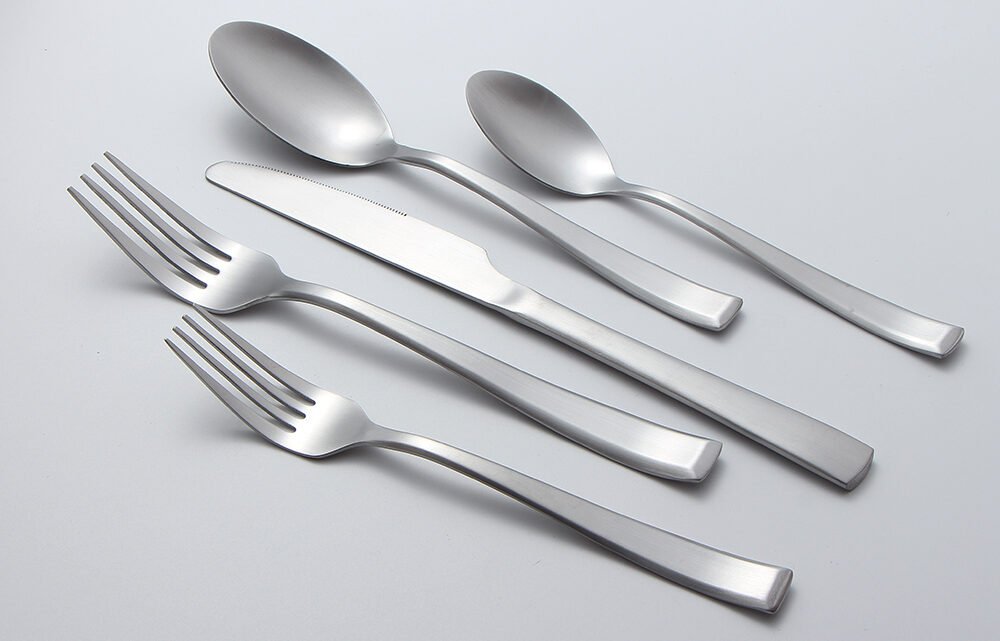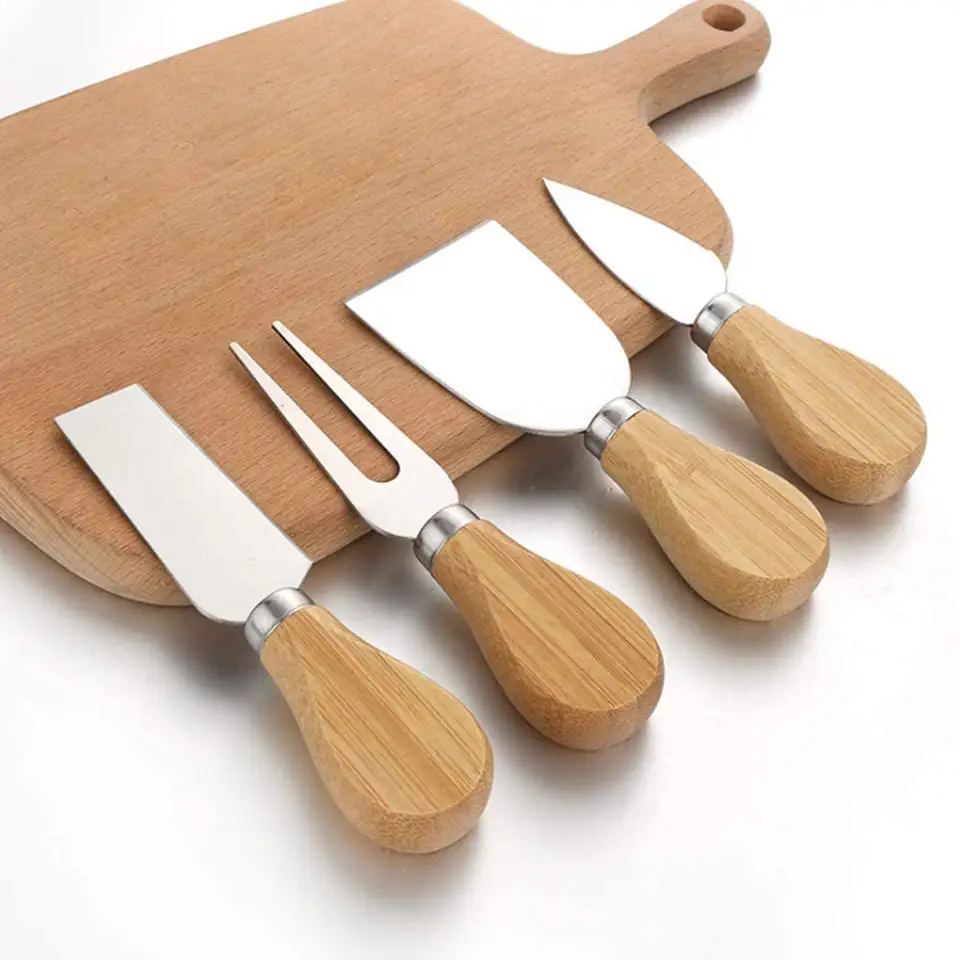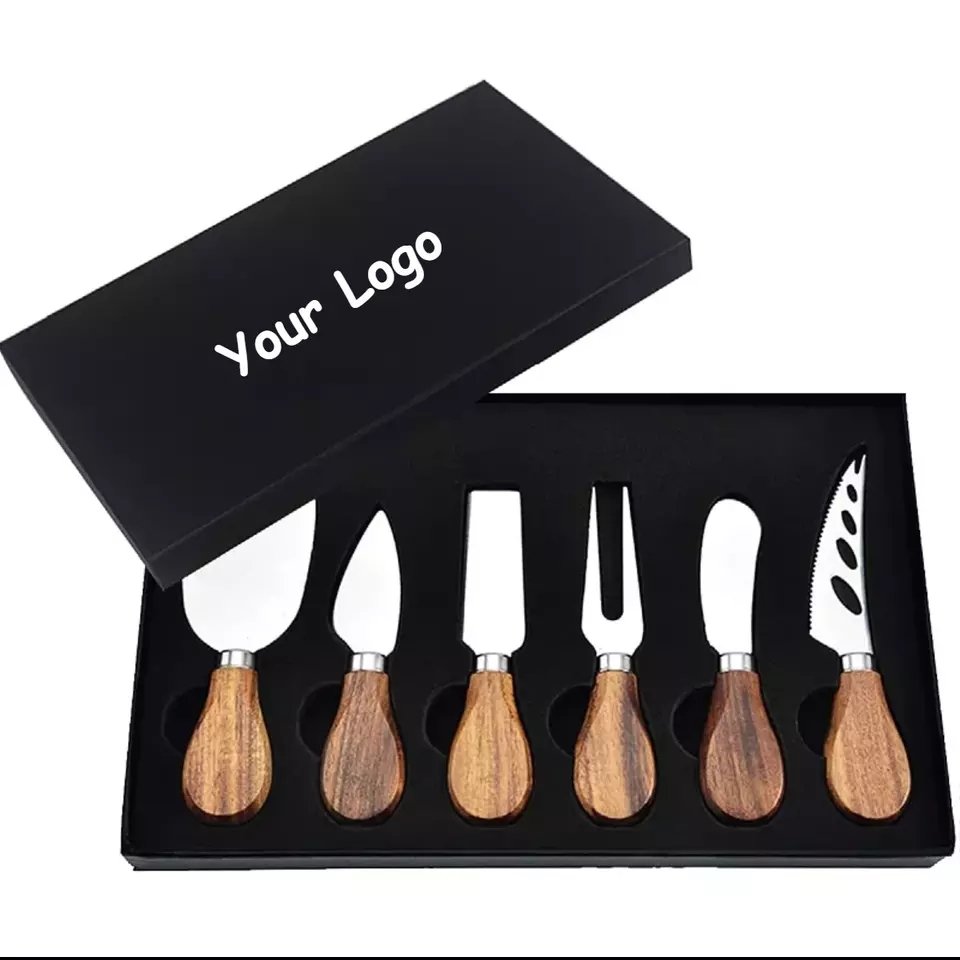Hidden Costs in Cutlery Procurement: How to Avoid Overspending?
Cutlery prices on paper often look attractive, but have you ever been shocked by the final bill?
The hidden costs in cutlery procurement can quietly eat into your profits. Understanding and managing them is key to protecting your margins.
When sourcing stainless steel cutlery, many buyers focus on unit price and shipping fees. But there’s more hiding beneath the surface — quality inconsistencies, unexpected taxes, production delays, and even unclear contracts. I’ve seen buyers go from excited to frustrated, simply because they didn’t ask the right questions at the start. Let’s dig deeper.
Table of Contents
What are the common hidden costs in cutlery procurement?
Cutlery buyers often budget for product price and shipping only, but that’s not enough.
Unexpected costs include import duties, inspection fees, miscommunication errors, storage costs, and more — all of which add up quickly if not managed properly.
Understanding Cost Categories
Let’s break down the key hidden costs with a structured view:
| Cost Type | Description | Example Impact |
|---|---|---|
| Quality Control Issues | Rejected goods, retesting, or return shipping fees | 5% to 10% loss on total PO value |
| Packaging Errors | Mismatched labels, barcodes, or brand requirements | Risk of rejection from retail chains |
| Compliance & Testing | Meeting FDA, LFGB, or BSCI standards | $300–$800 per test |
| Port Charges | Demurrage or detention if customs clearance delays occur | $100–$1000 per container |
| Design Miscommunication | Incorrect logos, colors, or engravings | Full remake of batch needed |
| Currency Fluctuations | Unhedged FX changes between quote and payment | Price swing of 3%–8% |
| MOQ Adjustments | Small run surcharges for not meeting minimums | +15% per unit |
Why These Costs Happen
| Common Mistake | Description |
|---|---|
| Lack of clear specs | Many clients assume suppliers “know what they mean.” That’s rarely true. |
| Rushed orders | Tight timelines may lead suppliers to cut corners or choose less preferred logistics solutions. |
| Customs documentation | Missing HS codes or mismatched invoices can delay clearance and result in fines. |
| Low transparency suppliers | Some offer cheap upfront quotes but hide additional costs until invoicing. |
These hidden costs are not just painful—they also delay market launches, frustrate stakeholders, and lower your brand image. That’s why I always insist on documenting every specification, cost component, and responsibility upfront in our cutlery projects.
Why do some suppliers quote lower but end up costing more?
Low-ball pricing is a classic trap to win orders.
Suppliers may omit essential services from the quote, only to charge for them later — creating frustration and cost inflation.
How Low Pricing Works Against You
| Supplier Strategy | Buyer Impact | Real-World Example |
|---|---|---|
| Omit Tooling Costs | Buyers face surprise invoices post-deal | Mold fee of $800 not quoted upfront |
| Separate QC Charges | Third-party checks passed to buyer later | $150 per day inspection fee on buyer |
| Downplay Tariffs | Buyer must pay 15% at customs unexpectedly | Duty not included in “landed cost” |
| Weak Packaging | Products arrive damaged or retail-rejected | Thin boxes collapse in transit |
Spot the Red Flags Early
| Red Flag | Why It’s a Problem |
|---|---|
| Unusually low quotes (20%+ below market) | Often indicates cut corners, lower quality, or hidden charges |
| No written cost breakdown | Likely means supplier is hiding fees or omitting important services |
| Poor English or vague responses | Increases the risk of costly miscommunication during production or shipping |
If a supplier quotes you “18/10 cutlery at $0.20 FOB”—run. It’s not realistic. That price likely excludes finishing, QC, or uses mixed alloys. Transparency builds trust; hidden details destroy it.
What’s the best way to manage procurement cost risks?
Planning and process control make all the difference.
Establish a cost-risk matrix, use reliable contracts, and invest in supplier partnerships — not just cheap prices.
Risk-Management Tactics for Cutlery Buyers
| Risk Factor | Mitigation Strategy | Tools/Methods |
|---|---|---|
| Quality Deviation | Pre-shipment inspection + Golden Sample policy | Third-party QC like SGS, TÜV |
| Unexpected Fees | All-in quotation with annexes | Signed Proforma Invoice (PI) |
| Timeline Delays | Buffer time in delivery plan | Use Gantt chart with suppliers |
| Exchange Rate Swing | Use forward contracts or pay in local currency | Forex hedging via trading platform |
| Packaging Errors | Provide visual spec sheets, unboxing videos | Use 3D drawings or packaging prototypes |

Real Example: How We Saved a Client $4,000
One client insisted on skipping pre-shipment inspection to “save time.” When goods arrived, every single box was misprinted. The cost of relabeling, reshipping, and lost retail slot totaled $4,000. Since then, we bundle third-party inspection into every new order — mandatory.
What strategies do you use to reduce procurement costs?
Cost cutting without hurting quality — that’s the real challenge in procurement.
Effective cost-reduction strategies include early supplier involvement, standardization, consolidated purchasing, and clear quality controls.
My Favorite Strategies That Work
In my 10+ years of procurement experience, I’ve found that these five strategies consistently reduce hidden costs and improve ROI:
| Strategy | Description | Result |
|---|---|---|
| Early Supplier Involvement (ESI) | Involve manufacturers during the design phase | Better material use and realistic specs |
| Standardization | Use fewer SKUs across products | Lower mold/tooling cost per unit |
| Volume Consolidation | Pool orders across time or SKUs | Stronger negotiation leverage |
| Localized Components | Source packaging and accessories from nearby suppliers | Reduces shipping, import, and lead-time costs |
| Clear Quality Benchmarks | Use golden samples and pre-shipment inspections | Prevents costly rework or returns |
Small Actions, Big Savings
One of my buyers from Italy used to place 12 separate orders annually, each with a small MOQ. After we helped them consolidate their annual forecast into two main orders, they saved 18% on shipping and 5% on unit costs. That’s when I realized — sometimes, the biggest savings come from adjusting habits, not just haggling prices.
What is an example of cost avoidance in procurement?
Avoidance is better than recovery. The smartest savings are the ones you never have to pay.
A classic example is requiring a pre-production sample. It helps prevent large-scale defects, which would cost thousands to fix after mass production.
Types of Cost Avoidance in Cutlery
| Scenario | Cost Avoided | How We Prevented It |
|---|---|---|
| Wrong Logo Engraving | $1,200 remake cost | Mandatory digital proofing and 3D preview |
| Incorrect Product Size | Shipment rejection and retail penalty | Physical sample approval before production |
| Non-compliant Material | Regulatory fines | Upfront LFGB/FDA certification check |
| Misaligned Packaging Dimensions | Extra warehousing fees | Mock-up carton test pre-production |
Real-Life Lesson: Pre-Production Sample Saved the Day
One of our US clients ordered 50,000 units of steak knives. During pre-production, they realized the handle curve was slightly off — not visible on CAD, but obvious when held. Because we required a physical sample round, we caught the issue in time. Fixing the mold before production saved them over $3,500 and prevented a damaged retail reputation.

What are the 7 procurement levers?
You can’t reduce costs by just cutting prices. Real value comes from using the right levers.
The 7 procurement levers are volume bundling, specification optimization, process efficiency, supplier collaboration, make-or-buy decisions, risk mitigation, and demand management.
The Levers and How We Use Them in Cutlery Sourcing
| Lever | Explanation | Example in Cutlery Procurement |
|---|---|---|
| Volume Bundling | Combine similar orders to gain scale | Order cutlery sets and serving tools together |
| Specification Optimization | Simplify product features without reducing function | Use standard handle shape across multiple series |
| Process Efficiency | Improve order process to reduce admin and logistics cost | Automate RFQ and order confirmations via ERP |
| Supplier Collaboration | Involve supplier early to reduce risk and improve design | Co-develop molds with trusted suppliers |
| Make-or-Buy Decision | Evaluate outsourcing vs in-house production | Outsource packaging to local partners |
| Risk Mitigation | Build dual-sourcing or stock buffers | Use two steel suppliers to prevent raw material delays |
| Demand Management | Forecast demand accurately to avoid urgent orders | Lock in semi-annual orders with flexible scheduling |
Strategy in Action
We once worked with a client who used five different handle styles across eight SKUs. By unifying three of those handles, we reduced mold costs by 35%, production changeover time by 40%, and total lead time by 12 days. That’s the power of design simplification — one of the most underestimated levers.
What is hidden cost in procurement?
It’s what you don’t see on the invoice — but you’ll feel it later.
Hidden costs are unplanned expenses that appear due to poor planning, vague specs, or weak contract terms. These include storage fees, returns, reworks, inspection failures, or even customer dissatisfaction.
Breaking Down the Types of Hidden Costs
| Hidden Cost Type | Source of Problem | Example |
|---|---|---|
| Quality Rework | No clear quality standard | $0.10/unit remake on 20,000 pieces |
| Inspection Failures | Lack of pre-shipment inspection | Failed QA leads to $2,000 air re-shipment |
| Late Delivery Penalties | Inaccurate lead time estimation | Missed Christmas deadline = canceled orders |
| Warehousing & Storage | Overstock due to wrong forecast | $400/month for extra pallet space |
| Communication Gaps | Vague specs or language barriers | Wrong logo engraved on entire batch |
| Tax & Duty Errors | Incorrect HS code usage | Overpaid import tax of 10% |
Don’t Let These Creep In
I had a client who didn’t want to pay for third-party inspection. The cutlery arrived — all 12,000 sets — with handles that didn’t match the catalog color. They couldn’t sell a single piece. Hidden cost? Over $6,000 in unsellable stock and reputation loss. Since then, I’ve never let any client skip this line item in their budget.
How can I uncover hidden costs before signing the deal?
Buyers need a proactive checklist before confirming orders.
The key is to demand detailed quotes, clarify all terms, and get third-party validation when necessary.
Practical Steps to Uncover Hidden Costs
| Step | Why It Matters | What to Ask |
|---|---|---|
| Ask for Detailed Quotes | Avoid vague “EXW $0.25” listings | “Does this include mold, packaging, QC?” |
| Confirm Inspection Terms | Prevent surprise fees for factory audits | “Who pays for re-inspections?” |
| Review Product Samples | Ensure design and specs match expectations | “Can you confirm dimensions & weight?” |
| Discuss Tolerances | Small variations can affect brand integrity | “What’s your tolerance range?” |
| Align on Packaging | Hidden costs often come from custom cartons | “What are carton specs, barcode rules?” |
| Check Certifications | Mandatory in Europe, US, and some Middle East | “Do you have LFGB, FDA, DGCCRF reports?” |
| Clarify Delivery Terms | CIF, FOB, DDP — each has cost implications | “What exactly is included in the quote?” |
Don’t Assume — Verify
I remember a client from Dubai who thought “all-in CIF” meant the supplier handled everything. They were hit with $2,500 in port charges because the documentation didn’t match customs expectations. From then on, we changed our onboarding checklist for every new buyer.
Every cent counts when margins are tight. With proper planning, transparency, and the right supplier, these hidden costs can be avoided — or turned into competitive advantages.





